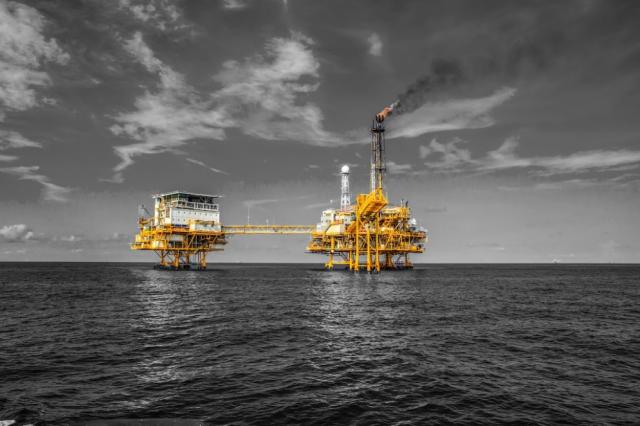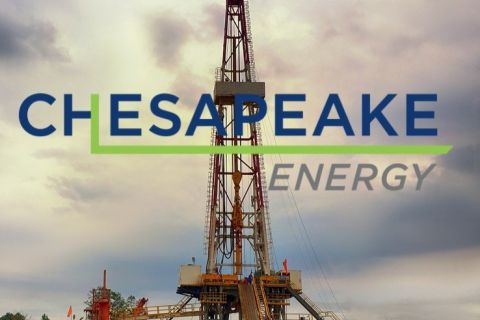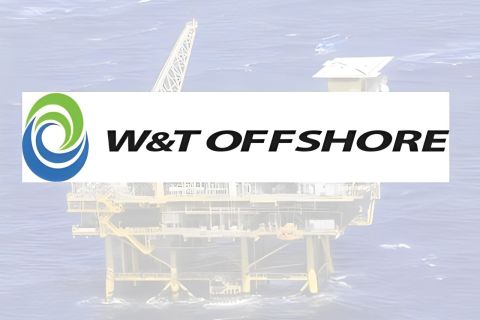
With economic assumptions changing daily, it’s more important than ever to choose the right oil and gas projects to move forward. (Source: InEight)
COVID-19 hit the oil and gas sector like a global wrecking ball, hurtling most companies into a whole new world at breathtaking speed and scale. For an industry that is more comfortable with cyclical ups and downs and slow-moving trends, the pandemic has shattered nearly every economic assumption, practically overnight.
At best, the economic models that underpin most successful energy companies need massive, but perhaps only temporary, corrections. At worst, those meticulously made plans are rendered completely useless.
Forecasting demand for power, oil and gas will remain tricky for some time. Will the world’s demand for energy return to normal, or will there be a new normal at the end of the current situation? And in either eventuality, how long will it take to get there?
While the experts attempt to answer those questions, the current reduction in demand opens an opportunity to evaluate the current state of capital planning and project management processes for the construction of new assets as well as the maintenance of existing facilities.
Funding the right projects at the right time
With economic assumptions changing daily, it is more important than ever to make sure companies are choosing the right projects to move forward through the pipeline. The planning process should continually review and monitor an organization’s strategic initiatives to keep them aligned with the capital and maintenance projects that support them. As strategic goals change, the ability to rapidly identify the right mix of projects to fund can make a significant difference in return on investment. In the current environment, agility matters more than ever.
Focus on overall project risk
Project risk starts with scope. Getting the scope right is the most critical factor within the owner’s control to ensure predictable costs and schedules for capital and maintenance projects. While contract mechanisms can be used to spread cost and schedule risk, the owner feels the strategic impact of an unsuccessful project the most. For that reason, identifying and managing overall project risk is fully within the owner’s domain.
Commercially available software tools can help identify and quantify project risk with sophisticated risk assessment technology, and it is available in the cloud in the form of end-to-end project management solutions. These solutions combine artificial and human intelligence to help evaluate risks on any project. With a proper risk assessment in place for each project before—and during—construction, energy owner/operators can properly align funding sources and maximize return.
Keep all parties synced together
Look for ways to be an active member of the construction team. The impact on the owner of a project gone awry extends far beyond the project costs; there is an opportunity loss relative to the resources that were dedicated to the project as well as a loss of the expected benefits from that project. Every owner should take responsibility for staying involved at a detail level during the construction stage to mitigate this risk.
Advanced Work Packaging (AWP) is a systematic and proven work planning process that can pay huge dividends in this area. AWP ensures owner, engineer and contractor are all in sync and that engineering, procurement and construction work are well orchestrated to drive better field productivity and project certainty. This is another area of functionality that is starting to be included in construction project management solutions for the oil and gas industry.
Being an active member of the construction team has never been easier with today’s cloud-based project management systems. With minimal (or no) IT involvement required for setup, all the major stakeholders in a project can collaborate in real time and actively participate in time-critical workflows. Such systems provide everyone with a common repository of project scope and design documents, which minimizes rework. They also provide visibility into issues as they surface, minimizing delays, inefficiencies and miscommunications.
With uncertainty ahead as the world deals with the unknown pace of recovery from the pandemic, oil and gas owner/operators will face new complexities in selecting, planning and executing construction projects. Thankfully, project controls exist that are highly capable of dealing with these complexities, while instilling a mantra of plan, measure and adjust. These principles have arguably been applied more successfully in the oil and gas industry than in any other sector. Combined with today’s powerful construction project management systems, oil and gas owner/operators can successfully navigate through this challenging economic climate.
About the author:
Brad Barth is chief product officer for InEight, where he oversees product strategy and product management. The mission of his team is to define, deliver and demonstrate products that solve high-value problems within well-understood markets. The group is responsible for InEight’s product road map and defining the company’s next-generation solutions. Along with responsibility for InEight’s Industry Advisory Group, Barth and his team are actively involved with various industry associations to stay plugged in to emerging trends and market needs.
Recommended Reading
The OGInterview: Petrie Partners a Big Deal Among Investment Banks
2024-02-01 - In this OGInterview, Hart Energy's Chris Mathews sat down with Petrie Partners—perhaps not the biggest or flashiest investment bank around, but after over two decades, the firm has been around the block more than most.
Chesapeake Slashing Drilling Activity, Output Amid Low NatGas Prices
2024-02-20 - With natural gas markets still oversupplied and commodity prices low, gas producer Chesapeake Energy plans to start cutting rigs and frac crews in March.
Enbridge Advances Expansion of Permian’s Gray Oak Pipeline
2024-02-13 - In its fourth-quarter earnings call, Enbridge also said the Mainline pipeline system tolling agreement is awaiting regulatory approval from a Canadian regulatory agency.
Will the Ends Justify the Means for W&T Offshore?
2024-03-11 - After several acquisitions toward the end of 2023, W&T Offshore executives say the offshore E&P is poised for a bounce-back year in 2024.
PrairieSky Adds $6.4MM in Mannville Royalty Interests, Reduces Debt
2024-04-23 - PrairieSky Royalty said the acquisition was funded with excess earnings from the CA$83 million (US$60.75 million) generated from operations.





